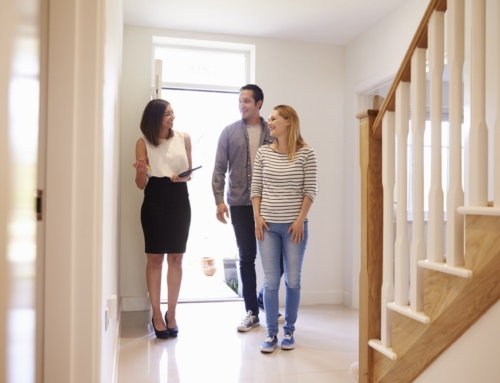What makes a house worth buying? It goes back to the basics: Your wants and needs.
With so many homes for sale, it’s easy to sift through hundreds of homes for sale in a particularly area and decide that all of them — or none of them — make sense for you.
Understanding more about what you want in a home and what you can’t live without will help you make a smarter decision about what house you buy. Here’s how to start identifying the difference between what you want in a home and what you can’t live without.
You (and your spouse or partner) should each write down everything you want in a home from your school district and your neighborhood of choice, to the location within the neighborhood, the size of the home, its amenities, and even whether the home is a condo, co-op, townhouse or single-family residence. Do you want attached, indoor parking? Write it down. Do you want a home that’s a fixer-upper or one that has already been renovated? Write that down, too.
Your next task is to prioritize everything on the list. And, this is where each buyer having his or her own list comes in handy. Your list will be different from your spouse’s or partner’s list. And even if you have the same items on your wish list, I’m willing to bet that your priorities will be different.
For example, when my husband and I were looking for our first home, we didn’t have a car and couldn’t conceive of when we would buy one. We were young newlyweds, living on the near north side of Chicago. Chicago has one of the best public transportation networks, and we both worked less than four miles from where we lived. It was easy to take a bus to and from work and often we walked home.
Having a garage didn’t even crack the top 10 on our wish list. But having a wood-burning fireplace was in the top slot on my list. (Boy, have I learned a lot in the past 20+ years!)
When we bought the house we live in now, it was five years after our first home purchase and by that time we did have a car. So, having a garage was one of our top priorities. We had also moved from the city to the suburbs, and my husband was taking the train to work. Since we only had one car, finding a house within walking distance to the train station was the top priority on his new wish list because he didn’t want to have to buy a second car. Having a great school district and enough space so I could work from home were the top two choices on my wish list.
Once you’ve prioritized your wish list, it’s time to think about what you actually need to live. Your “needs” are items that you can’t live without. For example, you may want a 5-bedroom, 4-bath house, but what you really need is a 3-bedroom, 3-bath or even 1 1/2 bath home.
I call this “needs” list your “reality check.” Once you and your spouse have each completed your reality check, it’s time to prioritize the items on this list as well. Organize the list starting with the most important item on top.
You and your spouse should then combine your individual wish lists and reality checks into one wish list and one reality check. You’ll do this by discussing what is most important to each of you, agreeing on what you need, and compromising on the rest. (Hint: If you can’t complete this process without having a major falling out, you’re probably not ready for the responsibilities of homeownership.)
There are a couple of important lessons to be learned by completing the wish list and reality check, of which learning how to compromise might be the most important.
But nearly of equal value is figuring out that you probably can’t afford to buy a home that includes everything on your wish list. (And if you could afford it, you may no longer be able to after the credit crisis of 2008 and 2009, and the new stricter lending requirements.)
In the last several years buyers were able to buy homes that might have included everything on their wish list and more, however, they were able to buy only by using exotic mortgages (like pay-option ARMs) that harmed them down the line. When you start shopping around for your financing be sure you’re looking at homes you can afford with a standard 30-year mortgage. If the homes you’re looking at will pinch your wallet so much that you’ll have to dramatically alter your lifestyle, it’s probably best to take another look at your wish list and reality check and find something more affordable.
With luck, you can hopefully afford to buy everything you need, and a few things you want while staying within a budget you can live with for the long term.
Remember, you can change almost everything about a house except its location (moving the house notwithstanding). Provided you have the available square footage and financial resources, garages and additions can be built and built out; bathrooms and kitchens can be renovated; basements and attics can be tricked out; closets can be organized.
Discussing what you want and need is an excellent way to begin the process of identifying a suitable home. It turns you from an armchair home buyer into one who is ready, willing, and able to engage in the process. Knowing the difference between what you want and need will save you from looking at inappropriate properties that you can’t afford, and will endear you to your agent — who can help you find a great deal in what will likely be seen years from now as the ultimate buyer’s market.
March 5, 2009






[…] you are planning on buying a home in St. Louis, make things easier on yourself by creating a priority list. A priority list will make clear exactly what you want and what you need, making it much easier to […]